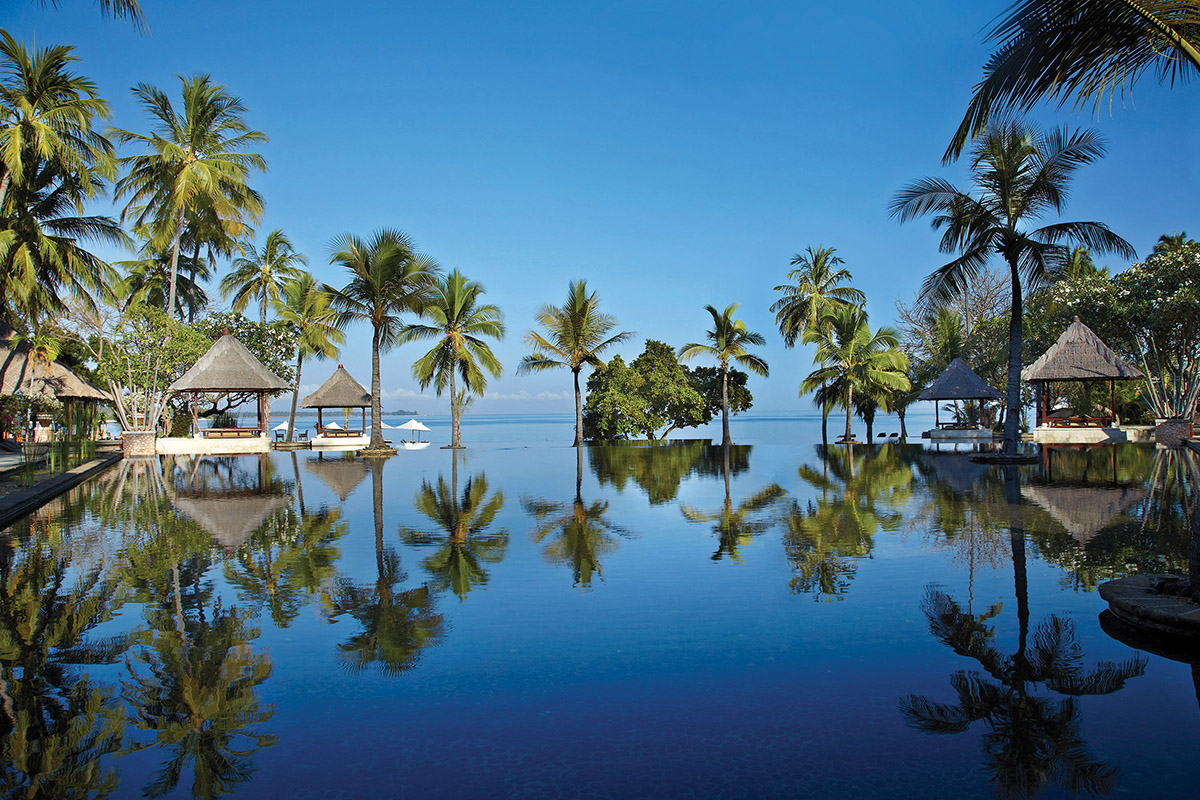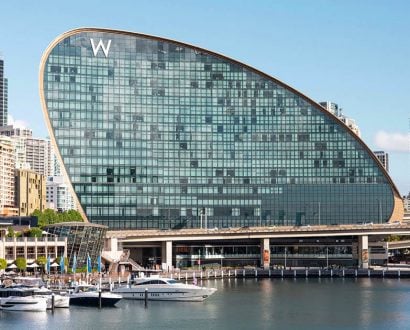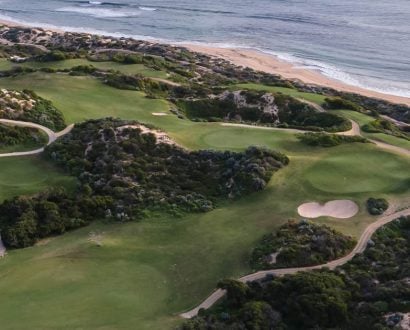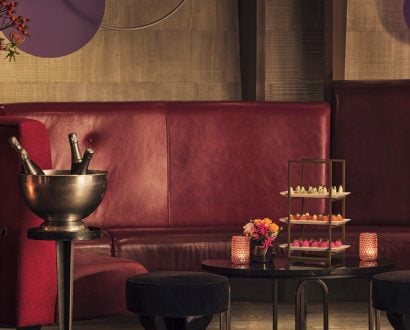Perched on an imposing throne in an ancient temple in beautiful Lombok, I feel like an Indonesian high priestess as I feast on 16 delectable dishes.
The menu is a salacious scroll of cuisine designed for royalty. There’s grated young papaya in Balinese spices; soup of snapper, clams, shrimps and baby starfruits; grilled lobster in garlic stew and toasted fresh coconut; minced fish satay with sambal matah; and slow-roasted duck in banana leaves, among the princely procession past my tastebuds. And it takes six soldiers to deliver my exquisite dinner up the candlelit staircase I ascended earlier.
I am at the luxurious Hotel Tugu Lombok, but this is not a story of rich versus poor, rather of a shattered community that not only survived last year’s earthquake that hit the Indonesian island of Lombok, but has thrived.
“We believe that if something bad has happened, God will be kind to us in the future,” – Ibu Hanny Zulfina
Hotel Tugu Lombok Manager Ibu Hanny Zulfina says there were 60 guests staying in-house at the six-hectare resort when the earthquake struck. “We are located on the Ring of Fire,” she says, referring to the area in the South Pacific where many earthquakes occur. “But no-one was ready for the big one.”
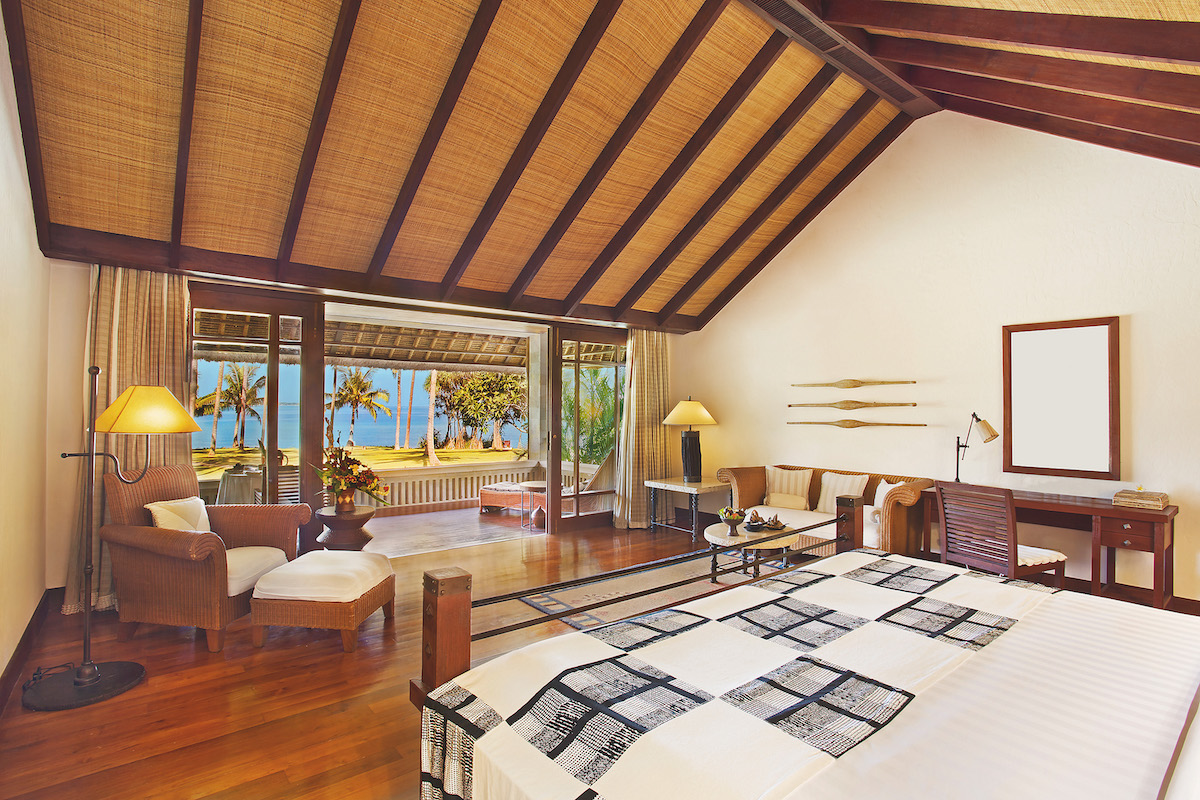
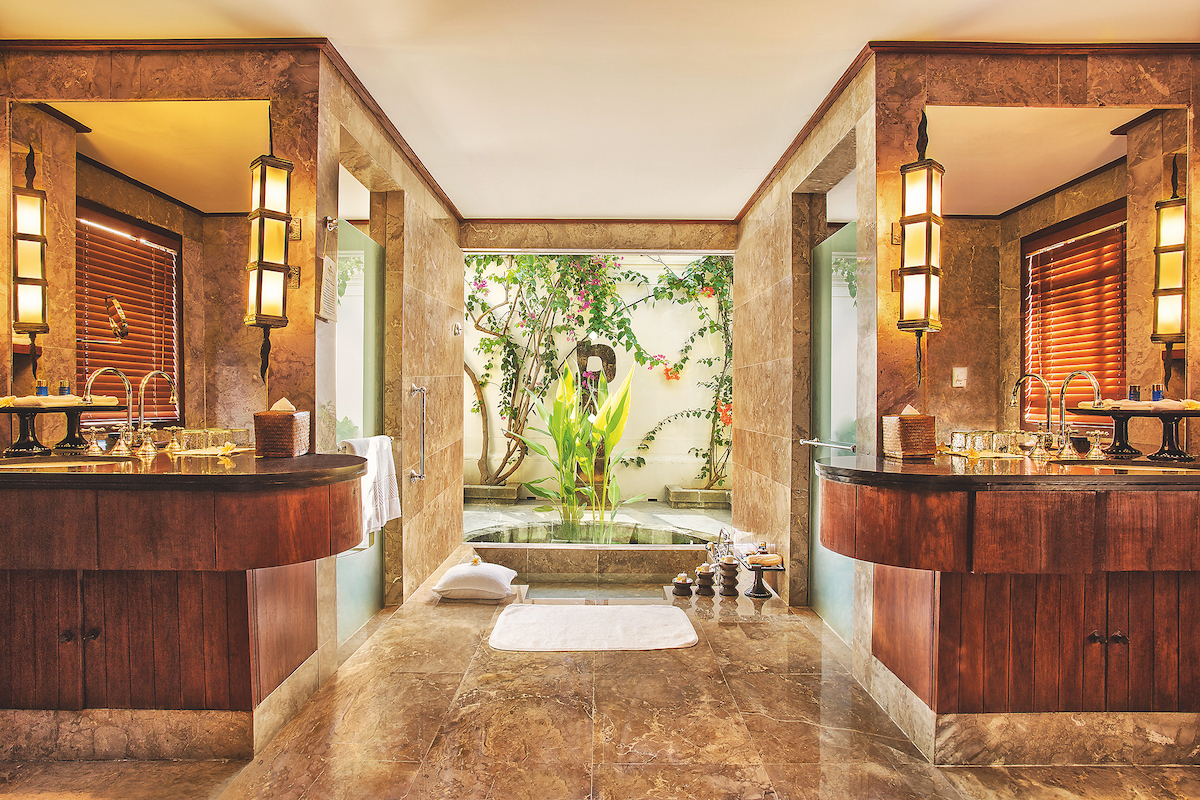
“We were lucky we only had a few cracks; the structure of the buildings was still intact and we only closed for a month. But we needed to help the surrounding villages. Most of my staff come from the villages and we needed to make sure everyone was looked after.
“By starting a donation fund we helped 1,000 families with bamboo houses, books, water tanks and a temporary school.
“This is Indonesian culture, this is our DNA. We have been here for more than 11 years, there is no excuse to say you are not part of the family.”
I am driving along this road to recovery with A&T Holidays, a tour company that has operated on this idyllic Indonesian island for the past 27 years. There are mounds of rocks and soil, deposited on the side of the main road by the Indonesian government, for the villagers to collect and use to rebuild their homes.
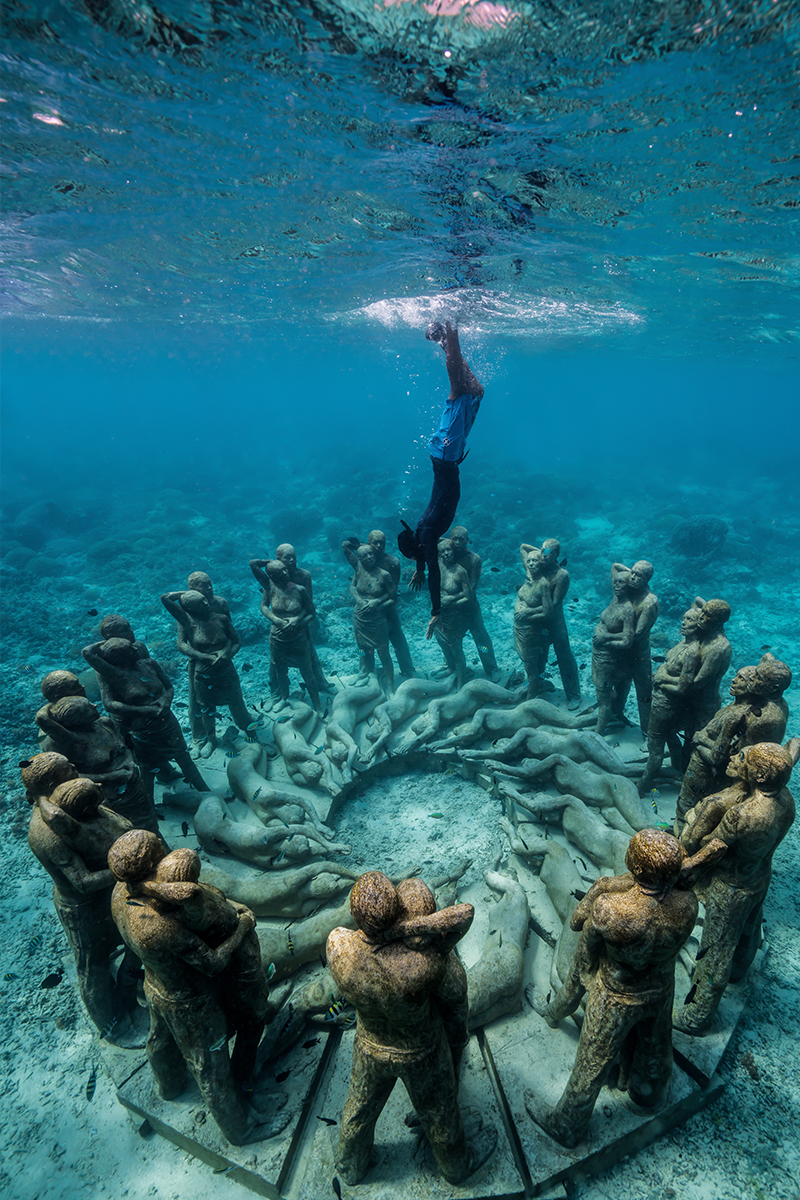
Despite the devastation, life in Lombok ambles on.
We pass naked villagers bathing in the river, traditional burial ceremonies, emerald rice paddies and weather-beaten women carrying baskets of food on their heads.
In one area, 100% of the houses were destroyed and some villagers are living in crude camps. Still, they smile.
Pasar, the biggest traditional market on the island, was also demolished by the quake. A&T tour guide Muksin (Lombok locals often have only one name) says many of the 3.5 million locals believe the earthquake was a result of people disrespecting nearby Mount Rinjani.
Those who climb Mount Rinjani, Indonesia’s second-highest mountain at 3,726 metres, are expected to make an offering to the gods. Instead, many tourists and locals leave rubbish behind.
“The earthquake was the worst thing that has ever happened here. But we believe that if something bad has happened, God will be kind to us in the future,” he says. “This was predicted more than 300 years ago. We believe Rinjani is the holiest mountain.
“We are religious people. The gods are angry at us. Rinjani is very active.”
At The Oberoi Beach Resort Lombok, which closed for 10 months, Senior Assistant Food and Beverage Manager Citra Dewi was working the night the earthquake struck.
Most of the guests were outside, watching a dance performance, with two other guests enjoying a romantic dinner in their room and another two in the bar. The Oberoi’s 64 guests were evacuated to a nearby hillock for the night due to a tsunami warning. “It felt like a jerk, you couldn’t stand still. People screamed in shock,” Dewi says.
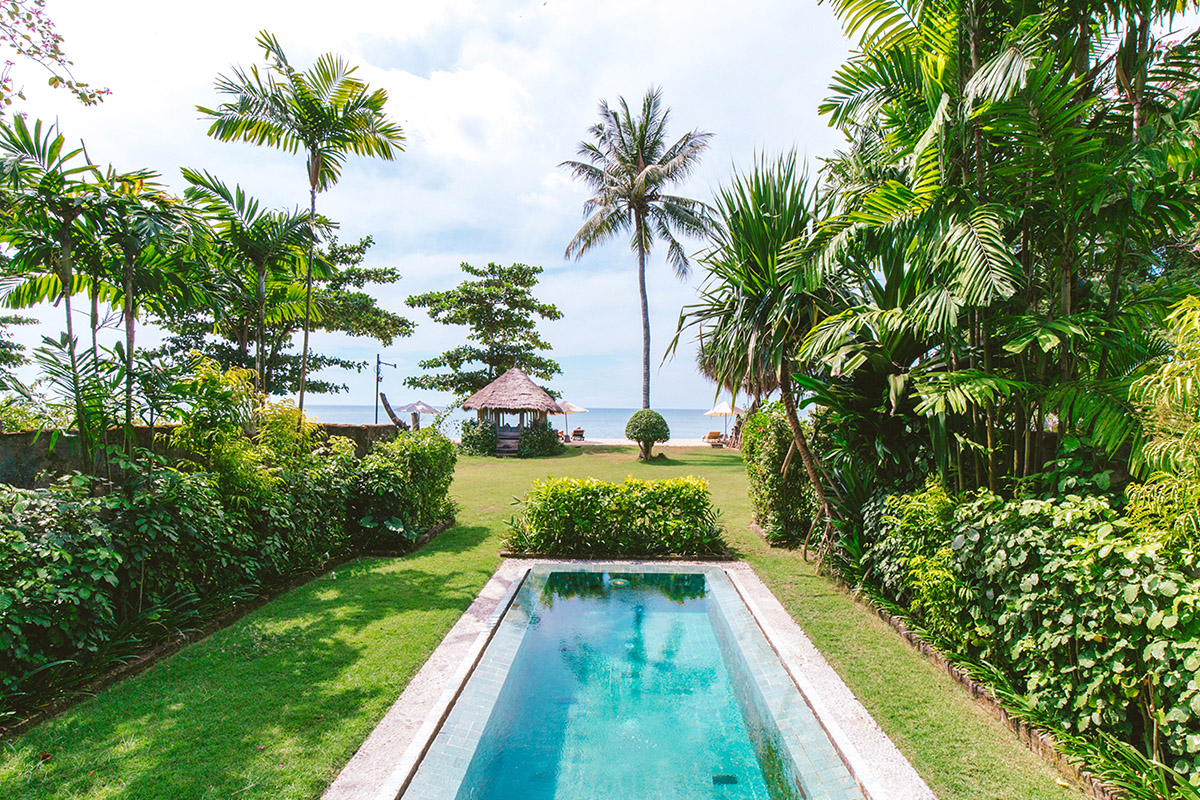
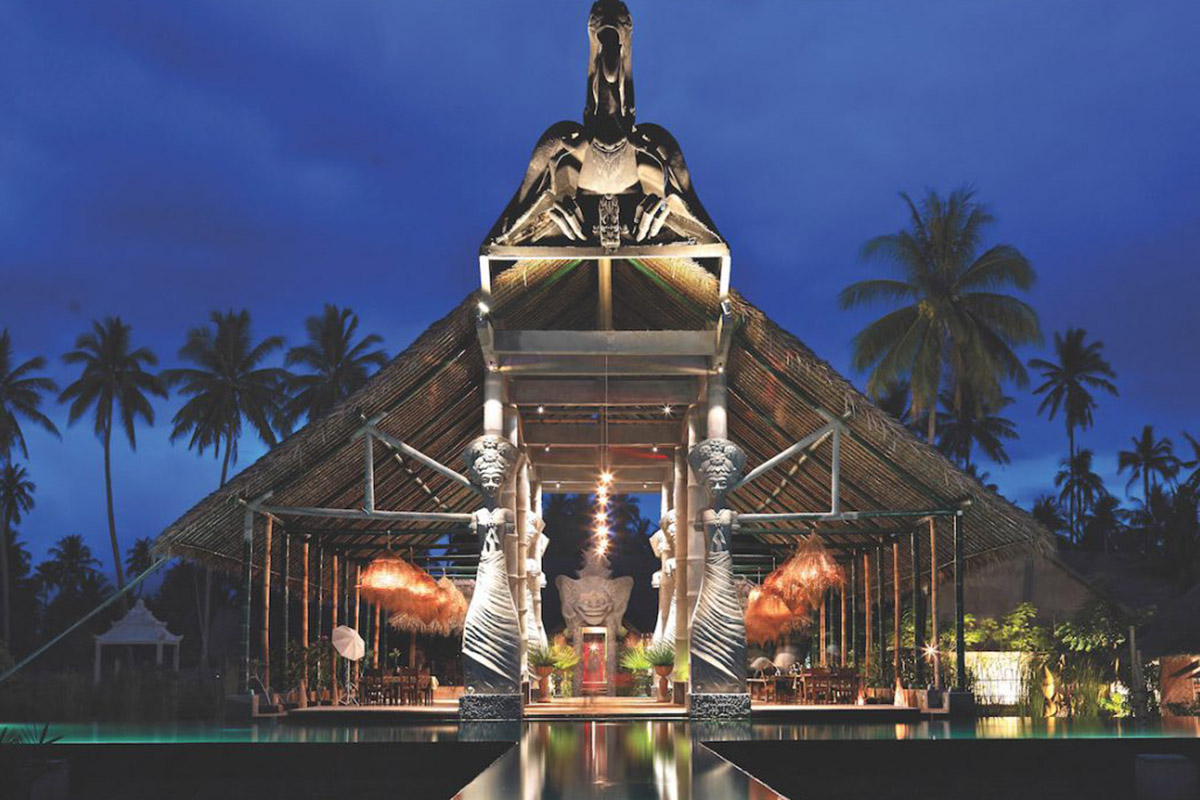
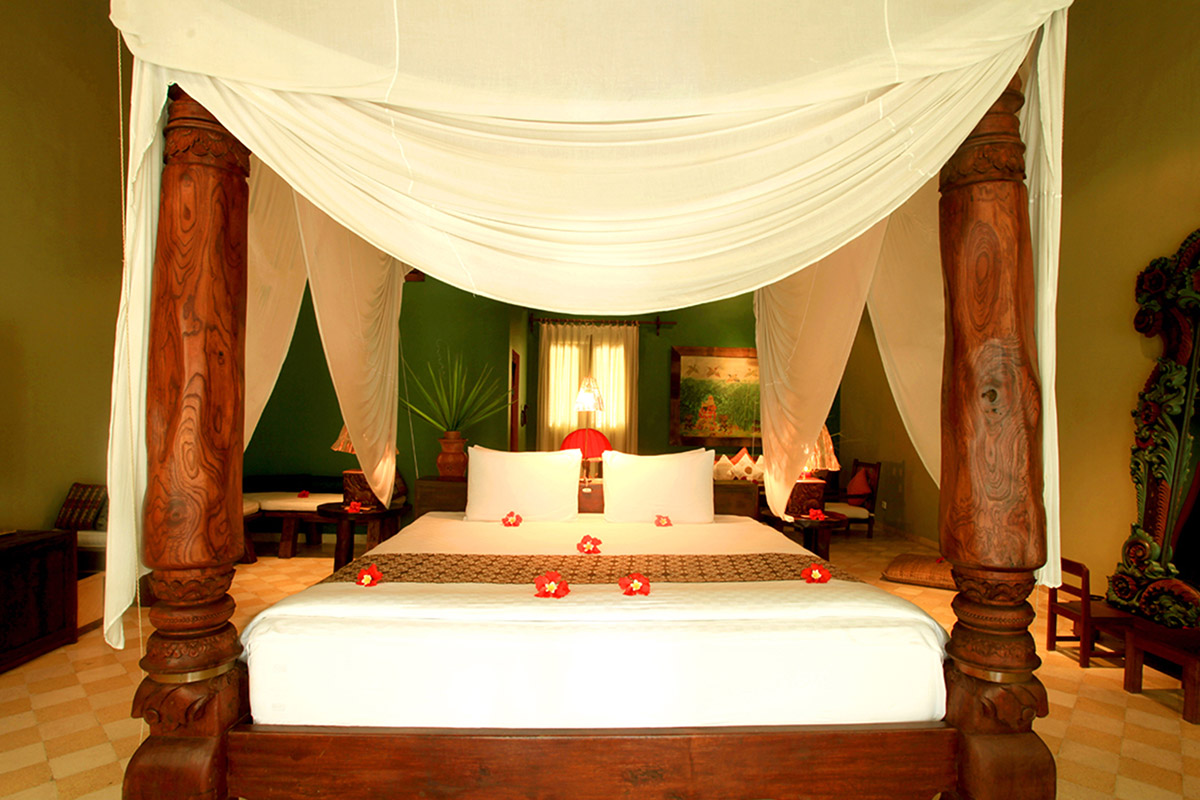
“We took food with us as some of the guests hadn’t eaten and didn’t know how long we’d be away. At that point in time telephone signals were jammed.
“We had to shut down the generator and check the resort. The whole night we stayed on the hillock on beach towels but no-one slept. At 6am we moved back to the hotel and the kitchen made breakfast.”
The resort, which reopened on 15 June this year, is bolder and more beautiful than ever, with repairs made to withstand a category 7 earthquake.
Our journey around this island, which measures just 82 kilometres from north to south, and 80 kilometres from east to west, takes us to south Lombok and the Novotel Lombok Resort and Villas.
“Lombok is very versatile and there is a lot of beauty here,” – Jan Kroeckel
Novotel General Manager Jan Kroeckel says despite the south barely registering a blip when the earthquake hit, tourism “completely collapsed” on the island. “We were lucky. The most damage we felt was that our wine bottles fell over. But we’ve had lots and lots of cancellations,” he says.
“What we have going for Lombok is if you want to experience Bali from 20 or 30 years ago, you can do that here.
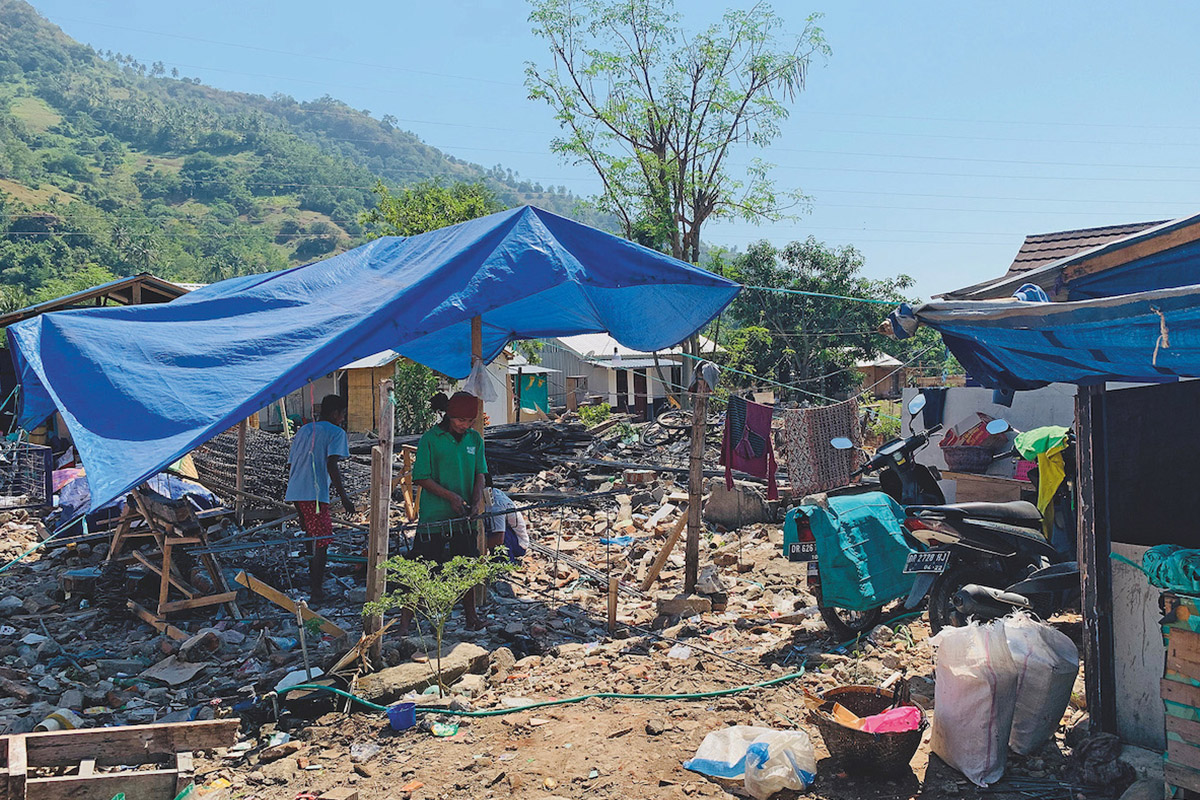
“We have pristine beaches, beautiful snorkelling spots without the crowds, and it is a short flight from Bali. South Lombok is best for surfing, within 30 minutes you have many different surf breaks.
“Lombok is very versatile and there is a lot of beauty here. You can visit waterfalls and hike Mount Rinjani and there is a unique Sasak culture.
“The island has really recovered. The best thing anyone can do for the island is visit. It is the best time to visit now as you can experience it without all the crowds. It is also very reasonably priced as hotel prices are lower than before the earthquake.”
The best way to help Lombok recover is to travel there and spend your money. Don’t give cash to beggars, but tip generously those who deliver a service such as masseurs, hotels, and tour guides.
For unforgettable dining experiences, book The Royal Tugudom Dining at Hotel Tugu Lombok, or dine poolside under the stars on five-star fare at The Amphitheatre at The Oberoi Beach Resort Lombok.
The writer travelled as a guest of Wonderful Indonesia.

